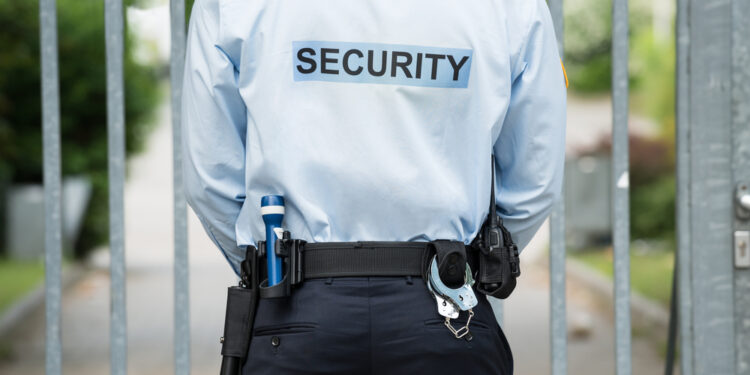When it comes to event security, there are many ways to keep guests safe. These include identifying all possible entry points, monitoring exterior activity, bag checking, and emergency action plans. Regardless of your event type, these steps will help keep you and your guests safe. If you have any concerns, please contact our security services in sydney
Identifying all entry points to an event is an essential first step in planning event security. It helps to determine which parts of the venue will be vulnerable to crime. You can then establish an event perimeter that is protected by barricades or temporary fencing. You can also consider potential risks to your event, including the appearance of controversial speakers or other potentially disruptive people.
The venue should be familiar to the security team, so it’s essential to identify all entry points and restrict access to them. If the venue has exterior windows or back doors, you must ensure that these are secured as well. You can also create a visual plan for your event to help them understand your plan. Also, if you’re planning an outdoor event, you should establish a perimeter around the venue.
Your event is very important, and so is your security. Criminals and terrorists see special events as soft targets. The crowds present an easy target for them. If you don’t take the proper precautions, you could end up being the victim of one of their crimes. For this reason, event security is a critical part of event planning.
Event security teams should monitor social media to identify potential threats to the event and respond quickly. Early intervention is essential to protect both customers and staff. Early detection can also enable you to better coordinate with local law enforcement and the government in case of an incident. If you detect threats early, you can prevent the event from becoming violent.
Bag checking
Bag checking is a process that security personnel use to screen large bags to ensure that they do not contain prohibited items. Some events have a separate line for bag checking, and some do not. If you’re considering using bag checking at your event, here are a few tips for security guards to ensure a smooth screening process.
Bag checking is a common practice for events that attract a large crowd. Some organizations employ metal detectors to identify illegal items, while others inspect bags manually. Bag checkers should remember to always keep their hands clean and stay alert while doing their job. They should also wear thick gloves to avoid accidents caused by sharp objects.
X-rays are one of the most effective ways to scan bags, but there are other methods to prevent potentially harmful objects from entering an event. For instance, using a system such as the Qylatron can help prevent the spread of drugs. The Qylatron is a sophisticated system that uses a combination of analytics and adaptive learning to improve security. It uses five hexagonal cells to scan large bags. It can also be customized to match the venue’s security needs.
Even though bag checking is a good method of event security, it is important to make sure that security guards are well trained and have adequate security training. A recent Department of Homeland Security guide for public venues, called the Public Venue Bag Search Procedures Guide, provides guidance for security guards and contractors. It covers several aspects of bag checking, including education to discourage people from bringing prohibited items to the event and proper interactions with patrons during the bag search process. The guide also covers how to handle items that are discovered to be no-gos.
Bag checking is a key element of security plans for many special events and facilities. It eliminates the risk of weapons and illegal substances entering the facility. In addition, bag checkers are trained to focus on customer service. They are in constant communication with security guards and should report any suspicious behavior if they notice it.
Emergency action plan
Developing an event security sydney plan is critical to ensuring the safety of your guests. It should include roles and responsibilities, evacuation routes and basic directives. It should also address specific threats and hazards. For example, it should address the possibility of an active shooter, a chemical spill, or a power outage.
Your plan should also include contact information for emergency services and include samples of warning messages. In addition, it should identify a person or group of people who are authorized to contact local officials. However, you should not assume responsibility for evacuation of guests, as this should be done in coordination with the appropriate public officials.
The Emergency Action Plan must be developed in advance, and should be specific to the site and type of event. It must be concise and easy to implement. It should include the steps needed to mitigate damage and protect property. A comprehensive emergency action plan is also essential for the safety of employees. An effective plan will include specific steps for emergency notifications that will minimize disruption and confusion.
A comprehensive plan is essential for any type of event. The EAP should address every possible scenario, including health emergencies. It should include a notification flowchart and an event evacuation route. Training and exercises are crucial for the implementation of an EAP. It should also be regularly updated to reflect new information.
An emergency action plan should be developed and updated to ensure that attendees and staff members are safe. This plan should also outline who will be responsible for certain tasks in case of an incident. It should also include a list of contacts for the various parties involved. If possible, it is wise to assign a designated emergency coordinator for the event. This individual will be able to direct employees during the crisis.
